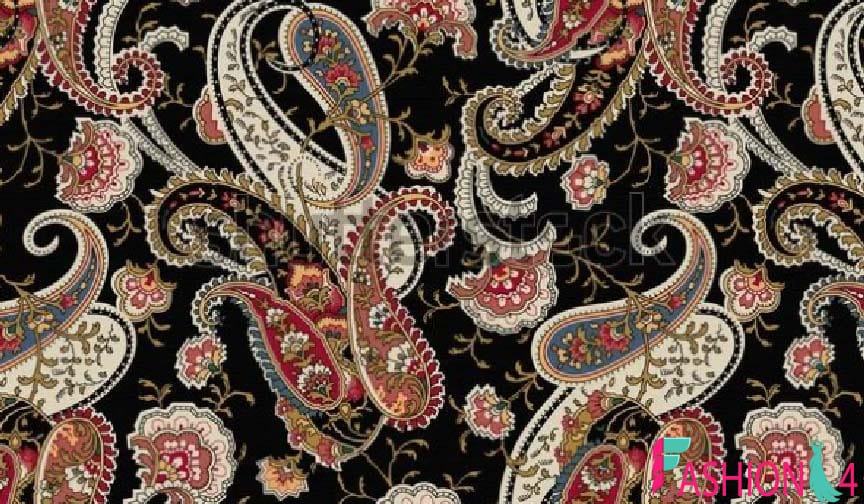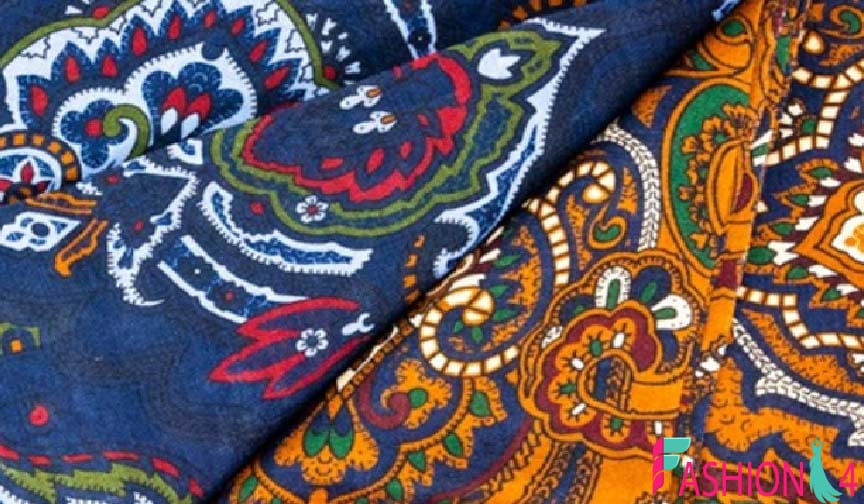
Introduction: Why Paisley Print Is Always in Style
Have you ever noticed that certain patterns never seem to go out of style? Paisley print is one of them. This intricate, teardrop-shaped design has adorned everything from royal robes to modern fashion. Its journey through history is as fascinating as the swirls and curves that define it. So, what makes paisley print so enduring and versatile? Let’s dive in and explore its rich past, its cultural significance, and how it remains relevant in today’s world.
Paisley Print at a Glance: A Quick Bio Table
| Feature | Detail | Fun Fact |
|---|---|---|
| Origin | Persia (modern-day Iran) | Known as “boteh” in its early days |
| Era of Popularity | 17th to 19th century | Peaked during Victorian England |
| Symbolism | Eternity, life, and fertility | Its teardrop shape resembles a seed |
| Key Material | Wool, silk, and cotton | Paisley shawls were once luxury items |
| Revival | 1960s and 1970s | Popular in psychedelic and boho styles |
| Global Influence | India, Scotland, and England | Inspired by Mughal and British designs |
| Fashion Use | Dresses, scarves, ties, and home décor | A go-to for both casual and formal wear |
| Cultural Icons | Beatles, Jimi Hendrix | Adopted during the Summer of Love |
| Modern Designers | Etro, Gucci, and Alexander McQueen | Reinvented in luxury collections |
| Design Variations | Abstract, colorful, and monochrome | Perfect for all tastes and occasions |
The Origins of Paisley Print
Paisley print traces its roots back to Persia, where it was originally called “boteh.” This design often symbolized eternal life and divine power. Over time, it made its way to India, where it was incorporated into intricate textiles. The Mughal Empire further refined the design, making it a staple of luxury fabrics.
The design’s journey to the West began during the 17th century when European traders brought Indian shawls adorned with paisley patterns to their homelands. These shawls quickly became symbols of wealth and sophistication, especially among the elite in France and England.
Why Is It Called “Paisley”?
The name “paisley” originates from the Scottish town of Paisley, which became a hub for producing textiles featuring this design in the 19th century. Scottish weavers adapted the intricate Indian patterns to their looms, making the design more accessible to the masses. While the original Indian shawls were handmade and expensive, the Scottish versions were affordable yet equally stunning.
Symbolism and Cultural Significance

What makes paisley more than just a pattern? Its symbolism. In Persian culture, the boteh design represented eternity and life. Its teardrop shape, often likened to a seed or a flame, signified growth and divine energy.
As paisley spread across cultures, its meanings evolved. In Western societies, it became a marker of luxury and class. During the 1960s, the print took on a bohemian vibe, symbolizing freedom and individuality. Today, it’s a versatile design that carries layers of historical and cultural significance.
The Role of Paisley in Fashion
Victorian Elegance
Paisley became a staple of Victorian fashion, adorning everything from shawls to home furnishings. Women often paired paisley shawls with their evening gowns, adding a touch of sophistication and warmth.
The Psychedelic 60s
The 1960s brought a paisley revival, thanks to the counterculture movement. Bands like The Beatles and Jimi Hendrix embraced the print, making it synonymous with the era’s vibrant, free-spirited aesthetic.
Modern-Day Paisley
Today, designers like Etro and Gucci have reimagined paisley in bold, contemporary ways. From haute couture to everyday fashion, paisley is a design that continues to inspire.
Paisley Beyond Fashion
Paisley isn’t just for clothing. Its intricate patterns have made their way into home décor, art, and even tattoos. Here’s how paisley enriches other aspects of our lives:
- Home Décor: Paisley rugs, curtains, and wallpaper add a touch of elegance and history to any space.
- Art: The design is a favorite among artists for its complex and versatile nature.
- Tattoos: Many people choose paisley-inspired tattoos for their aesthetic beauty and symbolic meanings.
How to Incorporate Paisley Into Your Wardrobe
Wondering how to rock paisley print without overdoing it? Here are some tips:
- Scarves and Ties: A paisley scarf or tie can elevate even the simplest outfit.
- Statement Pieces: A paisley dress or blazer can be the centerpiece of your ensemble.
- Accessories: Look for paisley handbags, belts, or even shoes to add subtle flair.
Caring for Paisley Fabrics
Whether your paisley item is vintage or brand new, proper care is essential to maintain its beauty. Here’s how:
- Read Labels: Always follow the care instructions on your garment’s label.
- Gentle Washing: Use mild detergents and cold water to prevent fading.
- Storage: Keep your paisley items in a cool, dry place away from direct sunlight.
Conclusion: Why Paisley Will Always Be Timeless
Paisley print is more than just a pattern; it’s a story of cultural exchange, artistic ingenuity, and timeless appeal. Whether you’re a fashion enthusiast, a history buff, or simply someone who appreciates beautiful designs, paisley has something to offer. Its ability to adapt and evolve while staying true to its roots ensures it will remain a beloved design for generations to come.
FAQs About Paisley Print
1. What is the origin of paisley print?
Paisley print originated in Persia and was known as “boteh.” It later spread to India and Europe, gaining popularity as a luxurious textile pattern.
2. Why is it called paisley?
The name comes from the town of Paisley in Scotland, which became a major center for producing textiles featuring the design in the 19th century.
3. How is paisley print used in modern fashion?
Modern designers incorporate paisley into dresses, scarves, ties, and accessories, often giving it a contemporary twist with bold colors and abstract patterns.
4. What does paisley symbolize?
Paisley often symbolizes life, eternity, and growth. Its teardrop shape resembles a seed or a flame, adding layers of meaning.
5. How can I style paisley print?
You can wear paisley as a statement piece, like a dress or blazer, or as an accessory, such as a scarf or tie, to add subtle elegance to your outfit.
MORE VISIT, Fashion4

